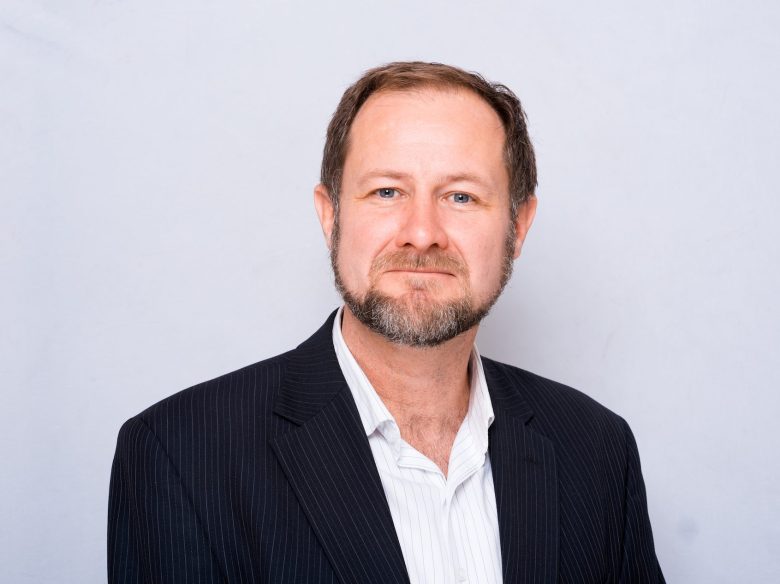
This article was first published in the July 2022 issue of AP, authored by Dr Don McCallum, industrial futures lead at the NSW Smart Sensing Network (NSSN). The digital version of the magazine is available here.
New South Wales intends to be at the global forefront of recycling and the circular economy. The pressure on our environment and carbon cycle, the pointed impact of changes to global recycling which began in 2017, further exacerbated by the disruption to global supply chains by COVID-19, are all structural features demanding more innovation in our recycling sector.
Many recycling processes are underpinned by better sorting, and this fundamentally means better sensing.
The NSW Smart Sensing Network in collaboration with PEGRAS Asia Pacific are proud to have formed a team of collaborators including small and large businesses, and several participating universities, in first proposing, and then successfully delivering on, a great project that was supported by our federal counterparts as part of the Cooperative Research Centre Projects (CRC-P) scheme.
This project solved a global problem of how to effectively remove the glue that adheres a label to a plastic milk bottle. This contamination problem has adversely impacted the industrial washing process of recycling food grade HDPE for the past 20 years.
There are firm indications the major Materials Recovery Facilities (MRFs) and supermarket chains will use more innovative approaches because of this project.
PEGRAS Asia Pacific developed the initial proof of concept chemistry for glue removal, then designed the research program that has evolved into this CRC-P project and provided leadership in chemical and process engineering.
The NSW Smart Sensing Network (NSSN), a not-for-profit innovation network, brought together the project team, driving the grant application for CRC-P and contracting, and continued to support the program with events, governance and project management.
This enables the recycled content in HDPE to increase to 50 per cent and beyond, and thus supports the transition to the circular economy for the 48,000 tonnes per annum of HDPE plastic used for fresh milk production in Australia.
The fundamental chemistry aims of the project were met: The University of Sydney developed an analytical method which can efficiently quantify the glue content in plastics with a high degree of accuracy, an important step to enable benchmarking of improved processes.
It was found that more than 50 per cent of residue label adhesive remained in recycled HDPE after the pre-existing industrial washing processes.
An improved washing processes was proposed, based on different solvent formulations and found to be very effective. Existing removal processes were effective but were affected by recontamination; this can be designed out.
Impact delamination technology delivered completely clean HDPE flakes without chemical washing. Impact delamination is a process of striking the contaminated HDPE flakes and label at high speed with sharp metal blades. The intellectual property behind this is patented.
A test rig was built that proved washing concepts, validated models, and aided scale-up from laboratory to industrial use. Collaboration between universities found the rig to be comparable to the real industrial process at two per cent of the production volume.
The project has identified that the milk bottle recovery rate is far below the 70 per cent recycling rate target. HDPE recycling is technologically mature, so this is of concern. Collection losses are the greatest barrier to better recycling with 59 per cent lost to landfills.
This could be addressed by a container deposit scheme (CDS) for milk bottles. Expansion of kerbside recycling services to all jurisdictions and better at-home consumer awareness and disposal practices is required.
Local recovery volumes of natural HDPE are sufficient to achieve the recycled content target of 20 per cent for HDPE packaging, however adequate local demand must continue to grow. This includes removing the contaminants in recovered HDPE for food-grade applications.
The project was led by PEGRAS Asia Pacific in collaboration with Labelmakers, NSSN, the University of Sydney, UNSW and the University of Technology Sydney.
Comment below to have your say on this story.
If you have a news story or tip-off, get in touch at editorial@sprinter.com.au.
Sign up to the Sprinter newsletter
